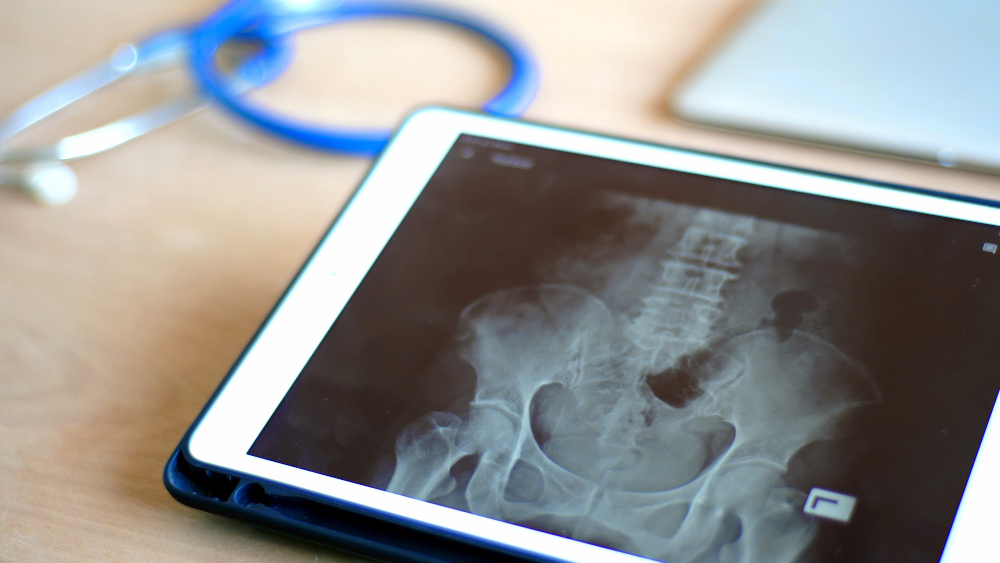Introduction to Developmental Dysplasia of the Hip (DDH)
Developmental dysplasia of the hip, or DDH, is a condition where the hip joint does not form properly in babies and young children. Because the hip is a ball-and-socket joint, DDH means the ball does not fit snugly into the socket. As a result, the hip can be loose or even dislocated. Early detection is important. With prompt care, most children recover fully. According to the World Health Organization (WHO), DDH is a leading cause of hip problems in children worldwide.
Symptoms of DDH
DDH symptoms can be hard to notice, especially in newborns. However, parents and doctors can look for signs such as:
Sometimes, DDH does not cause pain. Still, early symptoms are important to catch. Therefore, regular check-ups help spot problems early.
Causes and Risk Factors
Doctors do not always know why developmental dysplasia of the hip happens. Yet, some factors can raise the risk:
Because these factors can increase risk, doctors often check babies with these backgrounds more closely.
Diagnosis Methods
Early diagnosis of DDH is key. Doctors use several methods to check for hip dysplasia in children:
Because some signs are subtle, regular check-ups are important. If you notice any symptoms, tell your doctor right away.
Treatment Options
Treatment for developmental dysplasia of the hip depends on the child’s age and how severe the problem is. Early treatment works best. Options include:
Most children recover well with early treatment. However, follow-up visits are important to check progress.
Prevention and Lifestyle Guidance
While not all cases of DDH can be prevented, some steps may help lower the risk:
Because early action is key, parents should watch for signs and talk to their doctor about any concerns.
When to See a Doctor
If you notice any signs of hip problems, such as uneven legs or a limp, see a doctor right away. Also, if your baby was born breech or has a family history of DDH, ask your doctor about extra screening. Early diagnosis and treatment can prevent long-term problems.
In summary, developmental dysplasia of the hip is treatable, especially when found early. Consult an orthopedic specialist for personalized advice on DDH.
